Journal of Ethnopharmacology ( IF 4.8 ) Pub Date : 2023-10-30 , DOI: 10.1016/j.jep.2023.117352 Mengjia Sun , Wei Zeng , Zhongxiang Zhao
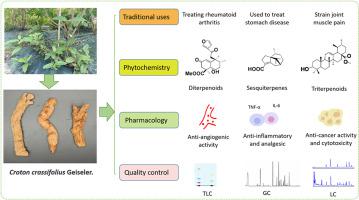
|
Ethnopharmacological relevance
Croton crassifolius Geisel. (C. crassifolius), belonging to the family Euphorbiaceae, is a traditional Chinese medicine primarily distributed in Asia. This medicinal plant is commonly used for moving qi and relieving pain, dispelling wind and swelling, relaxing tendons and activating collaterals in traditional Chinese medicine (TCM) to treat rheumatic arthritis, bruises and injuries, gastric and duodenal ulcers, sore throat, and so on. To date, no comprehensive review on C. crassifolius has been published.
Aim of the review
The purpose of this review is to provide a thorough overview of the botany, traditional uses, phytochemistry, pharmacology, and quality control of C. crassifolius. We mainly focus on phytochemical and pharmacological investigations of C. crassifolius. Furthermore, perspectives for possible future studies on C. crassifolius are also discussed.
Materials and methods
A thorough search of published articles up to May 2023 was conducted, focusing on original publications related to C. crassifolius, using numerous literature databases, including China National Knowledge Infrastructure (CKNI) (http://www.cnki.net), PubMed Database (https://pubmed.ncbi.nlm.nih.gov), Wanfang Data (http://www.wanfangdata.com.cn/), and Web of Science database (http://apps.webofknowledge.com/).
Results
More than 250 chemical compounds, including terpenoids, volatile oils, pyran-2-one derivatives, and flavonoids have been isolated and identified from C. crassifolius. Among these compounds, terpenoids form the main components. Modern pharmacological studies have shown that the plant possesses antiangiogenic, anti-inflammatory, antitumor, antibacterial, and antiviral properties. After the initial search, we reviewed the deficiencies of pharmacological mechanism and quality control studies and suggested workable solutions, which will be of great use in future research.
Conclusions
In this review we have conducted a thorough overview of C. crassifolius and offered new perspectives on research regarding quality control, substance basis, and pharmacological mechanism, providing theoretical guidance for the clinical application and development of Chinese medicine. However, several defects, such as pharmacological mechanism determination, quality control, pharmacokinetic establishment, and toxicology assessment of C. crassifolius need further study.

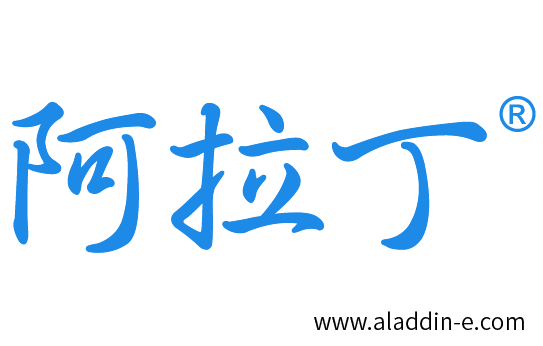




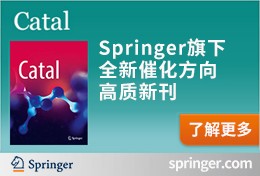
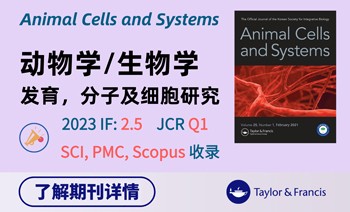











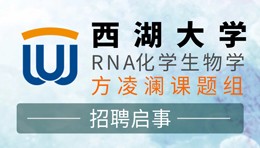
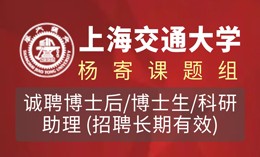




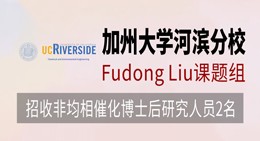
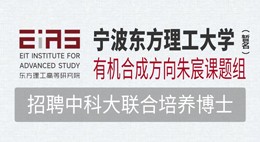



 京公网安备 11010802027423号
京公网安备 11010802027423号